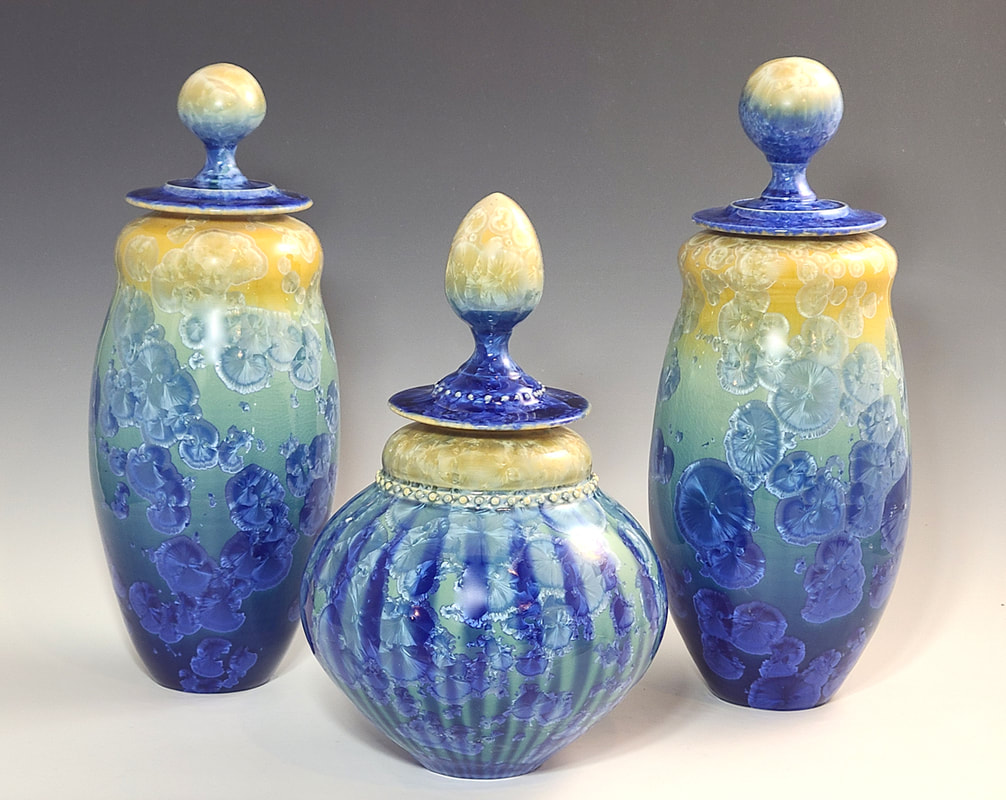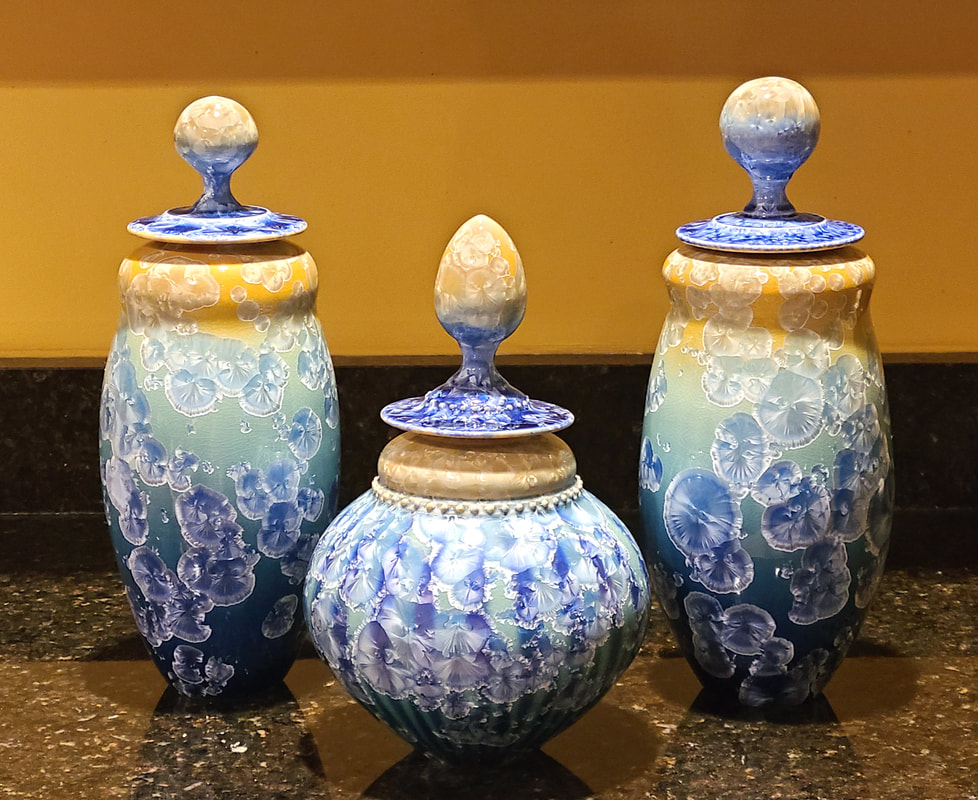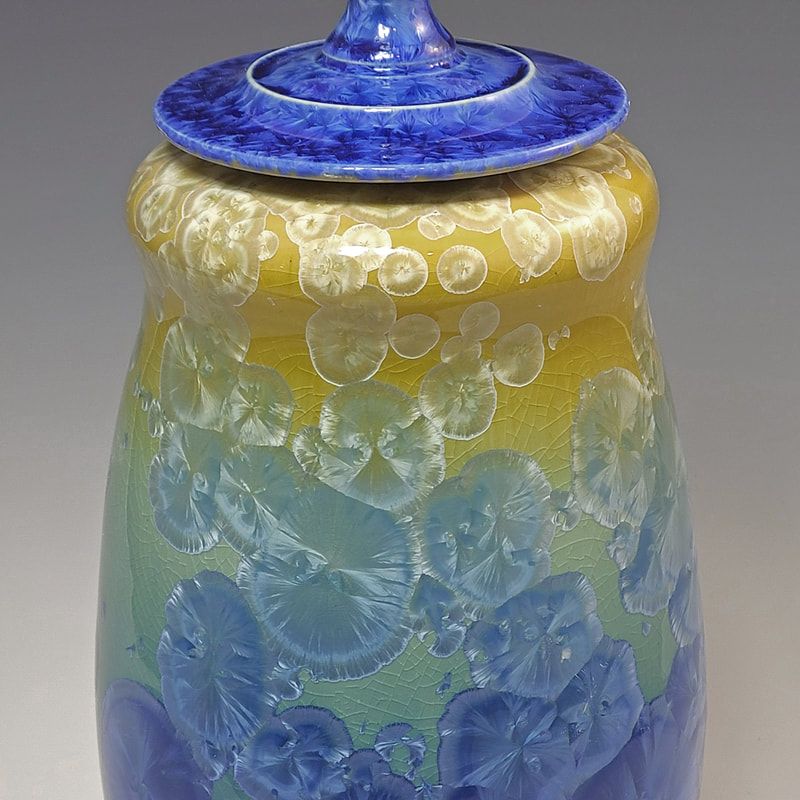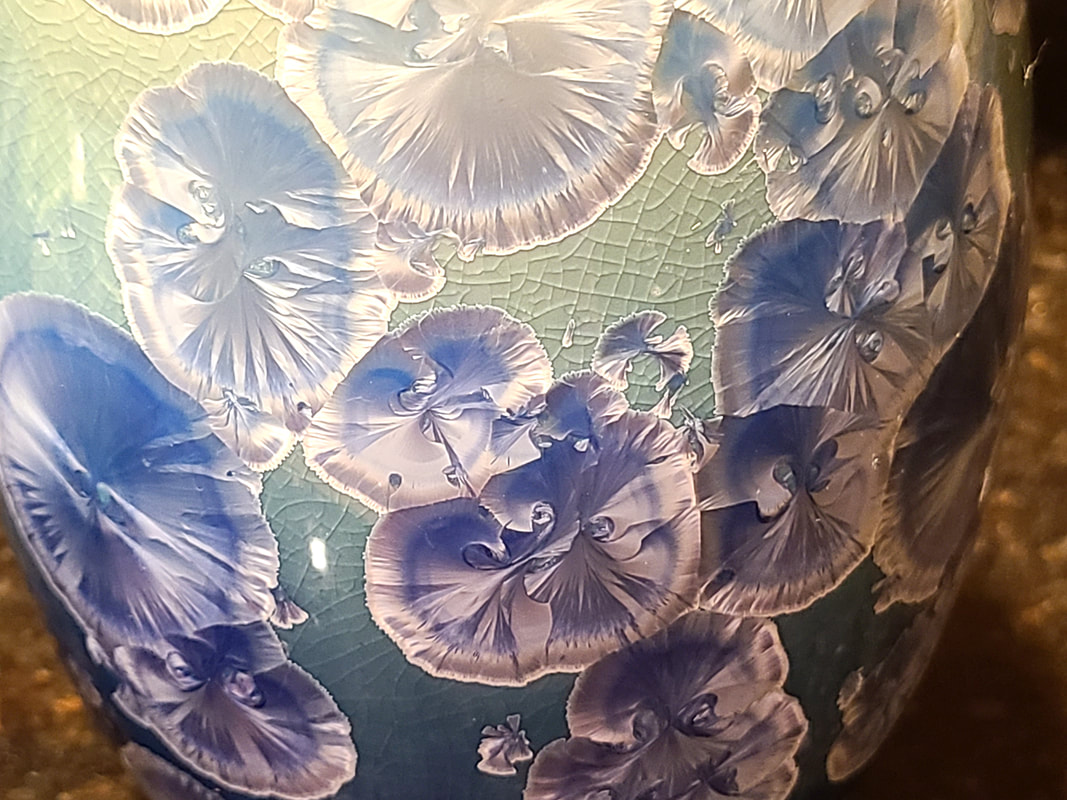At the moment, for the Pottery Boys Clay Studios, the best selection of pottery would be found at the art fairs they are participating in. Click here for a list of art fairs
|
HoursBy Appointment
|
Telephone |
|



